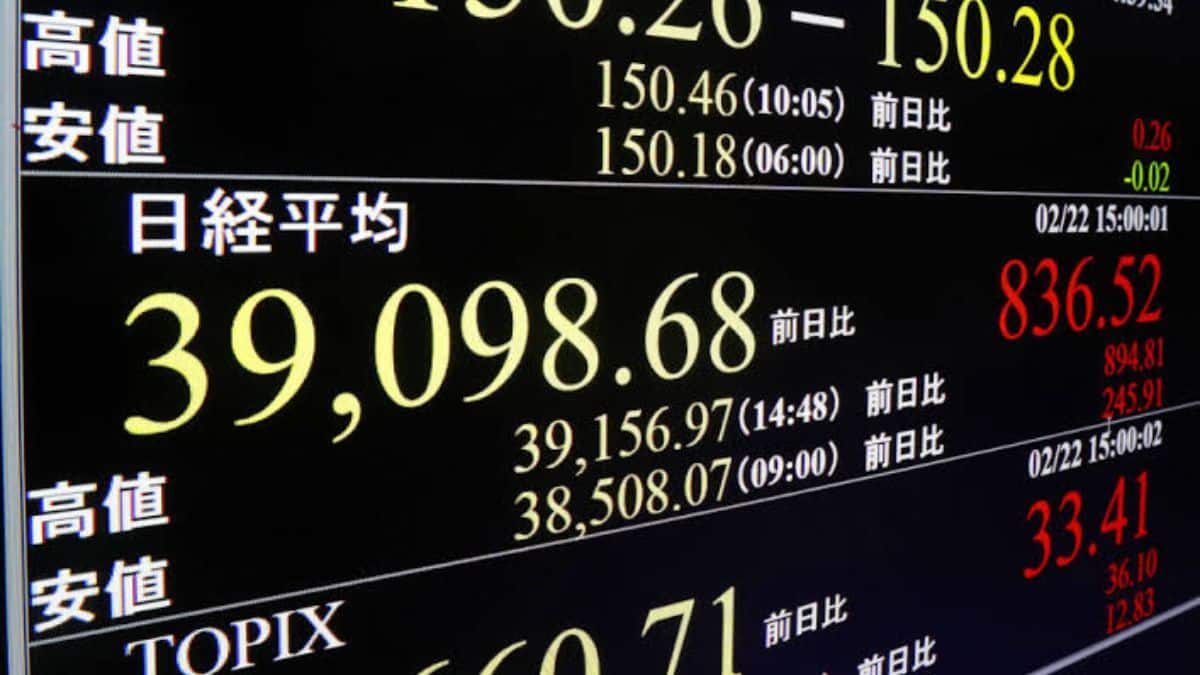 Image Credits: Kyodo News
Image Credits: Kyodo News
Japan’s Nikkei 225 index plummeted by over 2,200 points on Friday, marking its second-largest point loss ever. The index closed at 35,909.70, a decline of 2,216.63 points or 5.81%. This sharp drop is reminiscent of the record 3,836.48-point loss experienced on October 20, 1987, which followed the infamous Black Monday crash in the U.S.
The Nikkei’s dramatic fall follows a significant decline in U.S. stock markets and a broader downturn in major European indexes. The negative sentiment has spread across global markets, affecting South Korea, Taiwan, and Australia as well.
Investor anxiety has been fueled by disappointing U.S. economic data released on Thursday, including a weak reading from the Institute for Supply Management’s manufacturing purchasing managers’ index for July. This uncertainty has amplified concerns over a potential U.S. economic slowdown.
Adding to the pressure on Tokyo equities is the yen’s recent correction phase following its historic depreciation. Expectations of enhanced corporate earnings from a weaker yen are diminishing, leading to reduced foreign investment in Japanese stocks.
A Japanese brokerage official noted a notable shift as overseas investors increasingly shunned Japanese equities. Additionally, investors unfamiliar with the implications of recent Japanese interest rate hikes contributed to the sell-off.
The Tokyo Stock Exchange saw widespread declines, with the semiconductor and financial sectors hit particularly hard. The total capitalization of the TSE’s Prime section fell by ¥132 trillion from its peak of ¥1,003 trillion reached on July 12.
The yen strengthened against the dollar as speculation grew that the interest rate differential between Japan and the U.S. might narrow. Following the Bank of Japan’s recent interest rate increase, Governor Kazuo Ueda has hinted at the possibility of further hikes. In contrast, U.S. Federal Reserve Chair Jerome Powell has indicated the potential for rate cuts in September.
In currency trading, the dollar was valued at ¥148.84-84 at 4 p.m., down from ¥149.85-85 at 5 p.m. the previous day. Meanwhile, Japanese government bonds saw increased demand, reflecting a rise in U.S. Treasury securities and the Nikkei’s tumble.
In Tokyo’s bond market, the yield on the 10-year Japanese government bond (JGB) fell to 0.955%, the lowest level since June 20, highlighting a flight to safety amid the stock market turmoil.
